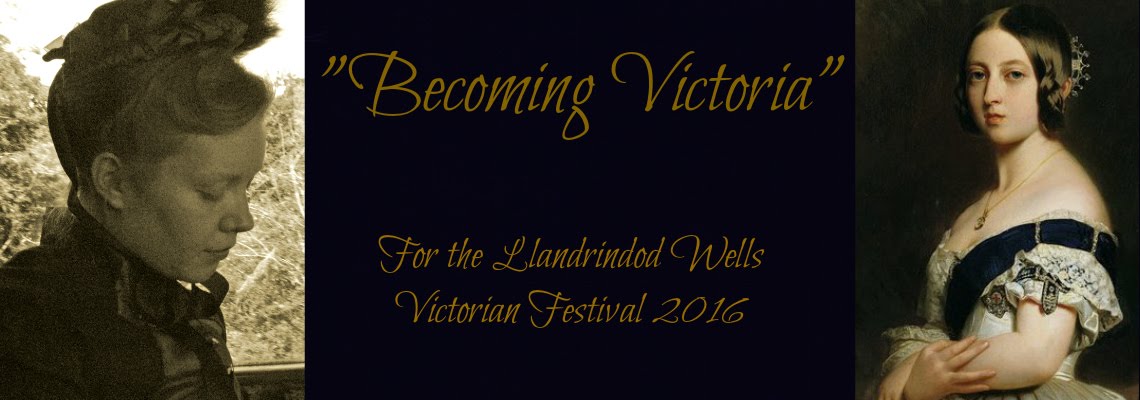Fashions for sleeves changed with amazing rapidity throughout the nineteenth century, veering from one extreme to the other.
At the beginning of the century, gowns tended to feature short, puffed sleeves or long, narrow, fitted sleeves depending on the type of dress.
 |
| A fashion plate from 1815 found here |
 |
| Sleeve detail on an 1830s dress in the collections at The Museum at FIT (Fashion Institute of Technology) |
 |
| From "The World of Fashion" periodical, 1845 (found here) |
For my 1840s silk gown, I have opted to make the sleeves convertible. Victorian etiquette dictated that during the day the arms and throat must be covered. In the evening, however low cut, short-sleeved gowns were considered both proper and fashionable. It was not uncommon for dresses at this period to be made with two bodices so that the same dress could be worn both during the day and for evening wear. There are also examples of wedding dresses with detachable sleeves and a fill-in for the neckline. This meant that the dress, worn for a morning wedding, could be converted and worn later as a ball gown or evening dress.
Inspired by this, I have cut my sleeves so that the lower sleeve is detachable. During the day, the bodice can be worn with the long sleeves and a chemisette (false blouse) to fill in the neckline.
The upper part of the long sleeve is made from lining material and when this sleeve is used it is loosely tacked (stitched) in place by hand temporarily.
 |
| The lower sleeve, showing the top portion of lining fabric that is tacked inside the bodice sleeve head |
Just like the original gown that the pattern was taken from, the sleeves are decorated with two simple bands of fabric that form cuffs. These also disguise the join when the long sleeves are added.
 |
| Sleeve detail |



No comments:
Post a Comment
Please feel free to share your comments and questions here